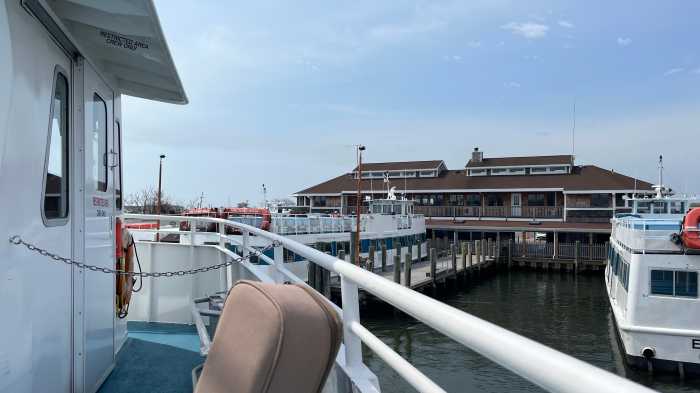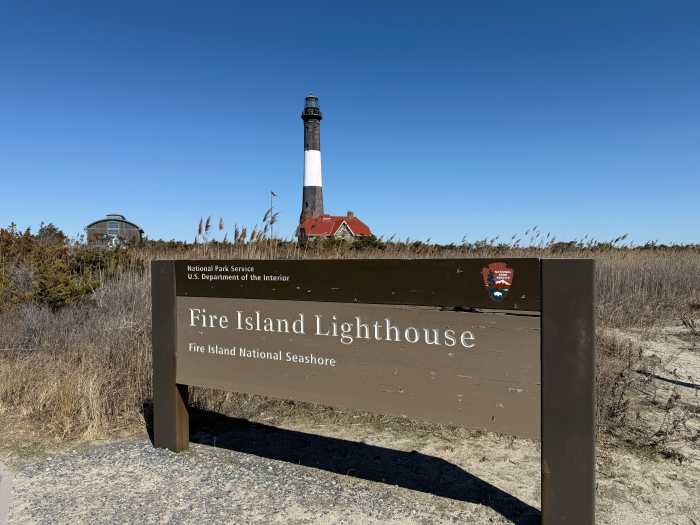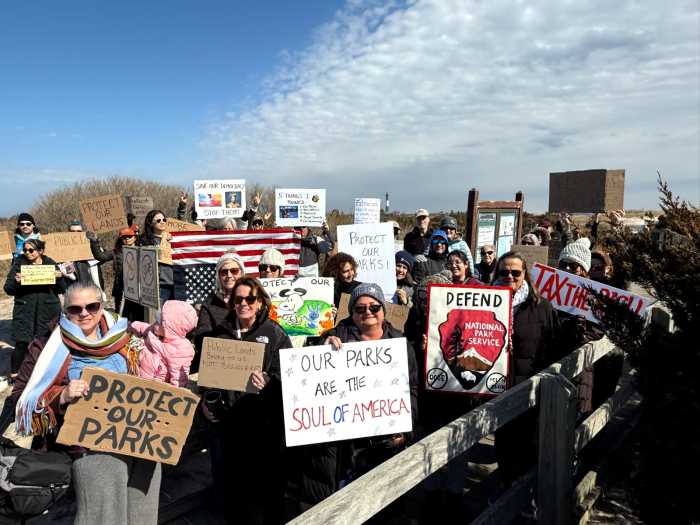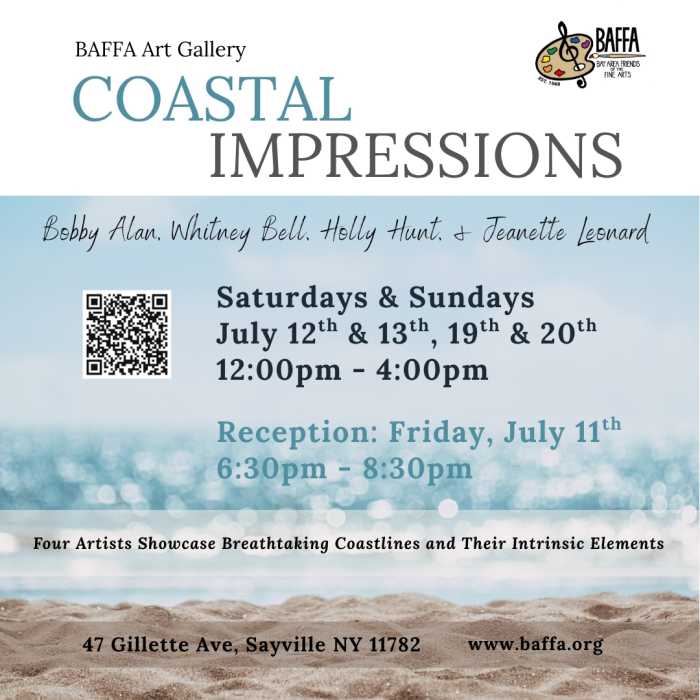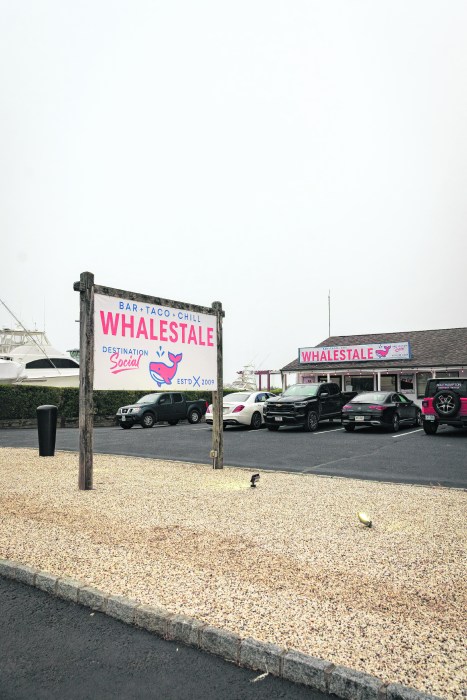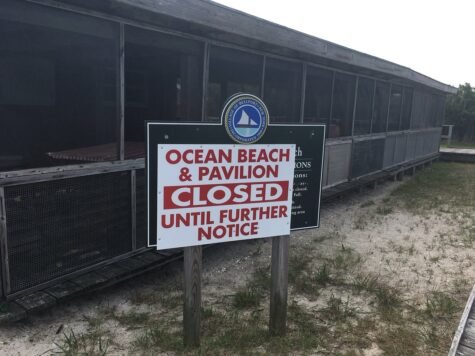
Photo from Trip Advisor
By Timothy Bolger
The Village of Bellport demolished this winter the recently rebuilt Ho Hum Beach pavilion that was at risk of being lost to the Atlantic Ocean – and officials blame the Fire Island breach.
Bellport Mayor Raymond Fell said that the pavilion – originally built in 1983 and reconstructed after the prior structure had been washed away in Superstorm Sandy a decade ago – could not have lasted much longer. That’s because oceanfront sand that normally drifts from east to west on the barrier island now gets stuck instead in the nearby breach that was also formed by the 2012 storm.
“That was the tolling of the bell for the pavilion,” Fell told the Fire Island News after visiting Ho Hum in late May. “It’s a shame that its gone but it’s one of the casualties of the breach.”
Ho Hum Beach is a sliver of Bellport village-owned parkland bordered on both sides by the Otis Pike Fire Island High Dune Wilderness – a seven-mile stretch of undeveloped beach that is the only federally designated wilderness in New York State. Ho Hum is about four miles east of Watch Hill, about two miles west of Smith Point and about a mile west of the breach. It is open to village residents only, who can access it either via private boat or Bellport’s ferry, the Whalehouse Point, named for a former 17th century whaling station that was the first settlement on the island and once stood near the park.
The village purchased the property for $25,000 in 1963. Ho Hum’s name may be an allusion to the expression of boredom, but in the case of this park, it’s just the serenity that comes with being surrounded by nothing but nature that beachgoers seek. Besides the marina, lifeguards and concession stand, there is nothing but the beach as far as the eye can see. Of course, the pavilion drama has been anything but calming for visitors and the village alike.
The breach – dubbed New Inlet, as it formed in an area known as Old Inlet, a Colonial-era waterway that had closed centuries ago – was one of two that Sandy tore into Fire Island. The U.S. Army Corps of Engineers closed the other breach at Smith Point County Park immediately after the storm, but the Fire Island National Seashore opted to let nature run its course at New Inlet since it’s located in a preserve.
The breach has been credited with improving the water quality of Bellport Bay, which had suffered from brown tides that depleted its shellfish population since the 1980s, much like other Long Island bays. But the fresh exchange of water with the ocean through the breach gave it a boost. Fell doesn’t dismiss this.
“The breach has done a lot of wonderful things for the bay,” he said. “But as far as sand for any of the beaches that are west of the breach, it was not kind to those beaches.”
His assessment is in line with a common occurrence on Fire Island. The littoral drift, as the natural westbound flow of oceanfront sand is known, routinely clogs the inlets. Every few years, the Army Corps dredges the inlets and pumps the sand onto downdrift beaches that would have been the next stop for the sand on its migration. For example, sand dredged from Fire Island Inlet was recently used to renourish Gilgo Beach State Park, as well as parts of Robert Moses State Park.
Bellport had hoped to mitigate the storm’s impact so its second pavilion would last. It built the second pavilion about 100 yards north of the old one. But certain high tides washed under it, threatening the stability of the pilings on which it stood, the mayor said.
And so the village board voted to tear it down in December 2021. The job was done between late February and early March.
“It was pretty much unusable, so it had to be removed,” Fell said, noting that the pavilion’s uselessness would have grown increasingly dangerous with time due to continuing erosion.
It wasn’t the only effect of Sandy still felt at Ho Hum ahead of the storm’s 10-year anniversary this October. Fell said large dunes are all gone and the beach itself moved a bit north.
“Prior to Superstorm Sandy there were large dunes on either side of our beach,” he said. “Almost all of those are gone, flattened from the ocean right to the bay.”
Now, Bellport residents will have just a memory of the pavilion and the views of those dunes.
“It was wonderful,” Fell recalled. “There were many families who would go over, bring dinner and eat dinner on the pavilion. It was a great thing to have for the village. Now, we move on. The beach is still beautiful, just no pavilion.”



